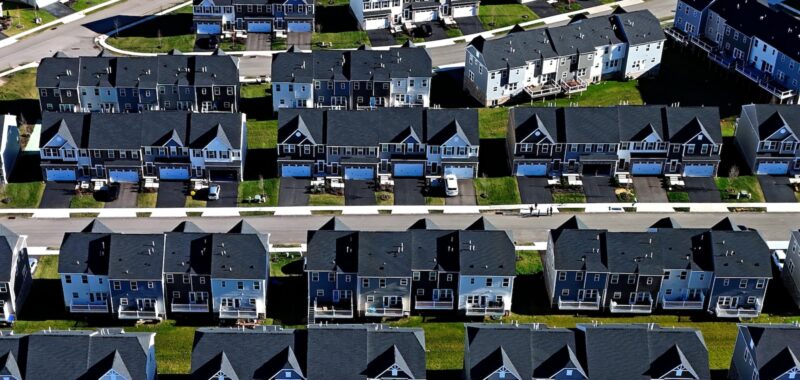The average rate on a 30-year mortgage fell this week to its lowest level in more than a year, a welcome affordability boost for prospective home shoppers and homeowners looking to refinance their home loan to a lower rate.
The rate fell to 6.47% from 6.73% last week, mortgage buyer Freddie Mac said Thursday. A year ago, the rate averaged 6.96%.
This is the second straight weekly drop in the average rate. It’s now the lowest it’s been since mid-May last year, when it was 6.39%.
Borrowing costs on 15-year fixed-rate mortgages, popular with homeowners refinancing their home loans, also fell this week, pulling the average rate down to 5.63% from 5.99% last week. A year ago, it averaged 6.34%, Freddie Mac said.
“The decline in mortgage rates does increase prospective homebuyers’ purchasing power and should begin to pique their interest in making a move,” said Sam Khater, Freddie Mac’s chief economist. “Additionally, this drop in rates is already providing some existing homeowners the opportunity to refinance.”
After jumping to a 23-year high of 7.79% in October, the average rate on a 30-year mortgage has mostly hovered around 7% this year — more than double what it was just three years ago.
The elevated mortgage rates, which can add hundreds of dollars a month in costs for borrowers, have discouraged home shoppers, extending the nation’s housing slump into its third year.
Sales of previously occupied U.S. homes fell in June for the fourth month in a row. And sales of new single-family homes fell last month to the slowest annual pace since November.
Rates have mostly eased in recent weeks as signs of waning inflation and a cooling job market have raised expectations that the Federal Reserve will cut its benchmark interest rate next month for the first time in four years.
Mortgage rates are influenced by several factors, including how the bond market reacts to the central bank’s interest rate policy decisions. That can move the trajectory of the 10-year Treasury yield, which lenders use as a guide to pricing home loans.
This week’s drop in mortgage rates follows a pullback in the 10-year Treasury yield, which briefly slid last week to around 3.7% after worse-than-expected labor market data rattled investors, pushing up demand for bonds.
The yield, which topped 4.7% in late April, was at 4% in afternoon trading in the bond market on Thursday.
If bond yields continue to decline in anticipation of the Fed lowering rates this fall, that could lead mortgage rates to ease further, though most economists expect the average rate on a 30-year home loan to remain above 6% this year.
Even so, the recent pullback in mortgage rates has already spurred a surge in homeowners seeking to refinance. Applications for mortgage refinance loans jumped last week to their highest level in two years.
Rates may have to come down more before many would-be homebuyers facing record-high housing prices and a chronic shortage of properties on the market can afford to buy a home.
“Buyers are biding their time, waiting for rates to fall further and for more inventory to come onto the market,” said Lisa Sturtevant, chief economist at Bright MLS.

